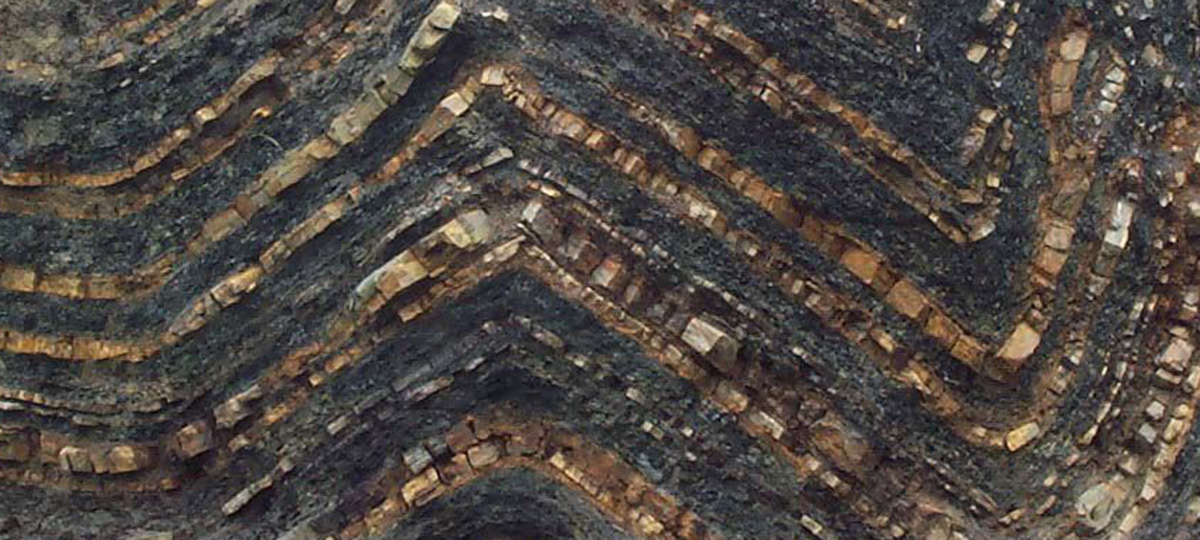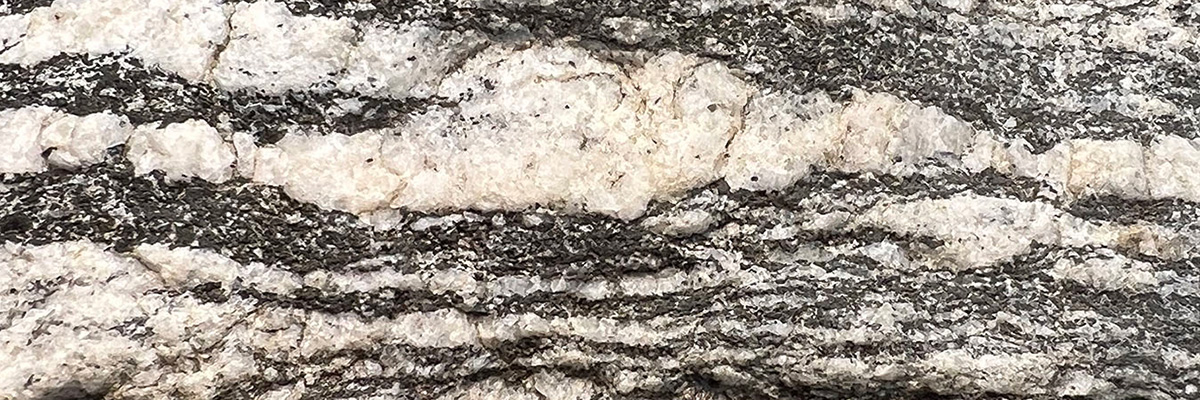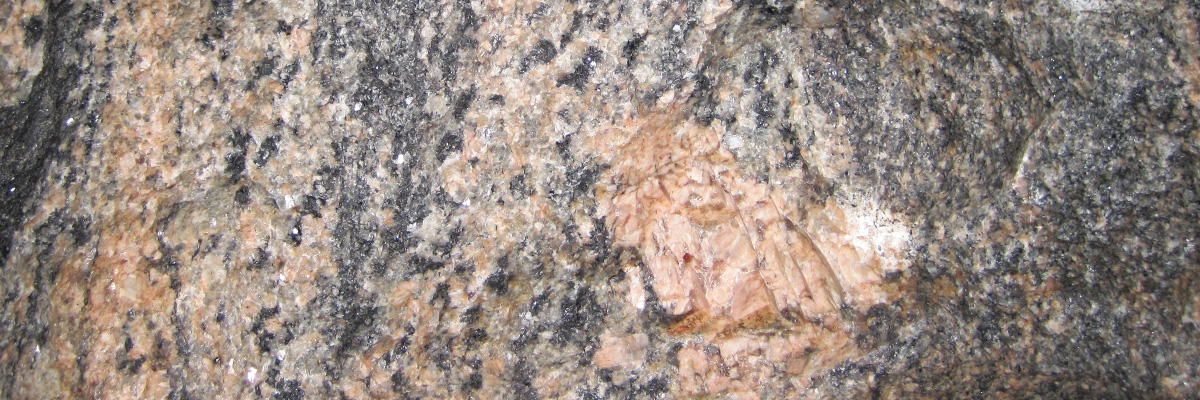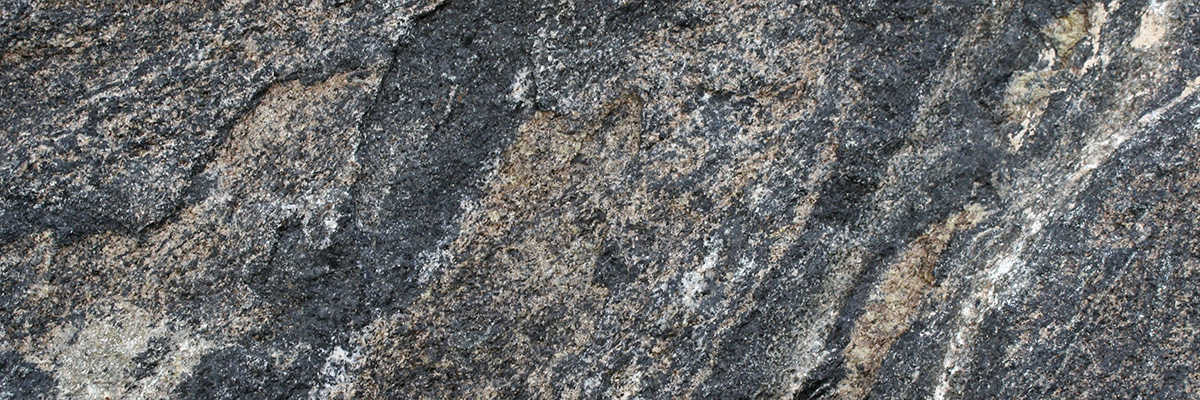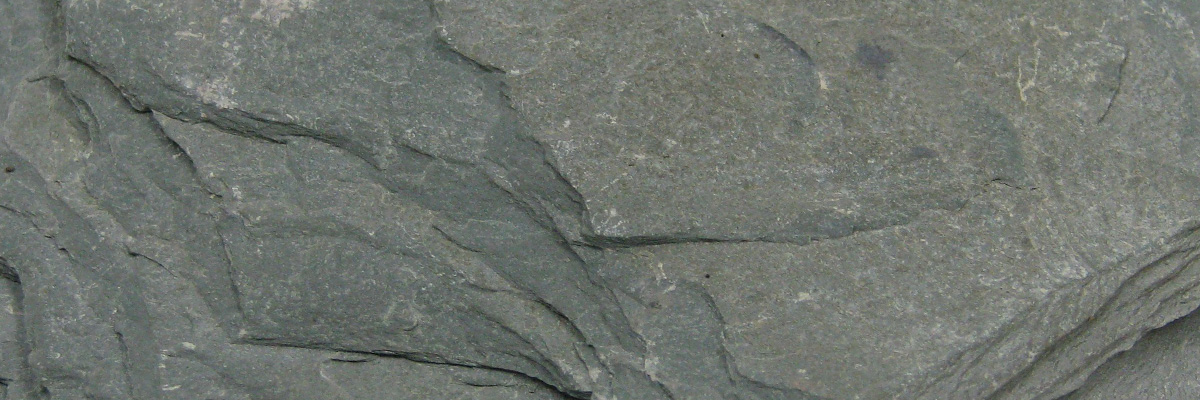Foliated metamorphic rocks are a captivating subgroup of metamorphic rocks that exhibit a distinct, layered or banded appearance. This characteristic texture results from the parallel alignment of platy or elongated minerals under immense pressure during metamorphism. Foliated rocks offer invaluable insights into the tectonic forces at work within the Earth’s crust, as well as the myriad of conditions that contribute to their formation.
Formation
Foliated metamorphic rocks form when existing rocks, known as parent rocks, are exposed to high pressure and moderate to high temperatures during metamorphism. These conditions cause the minerals within the parent rock to recrystallize and reorient, aligning themselves parallel to the direction of the applied pressure. This reorganization of minerals gives foliated metamorphic rocks their characteristic layered appearance. Foliated rocks are commonly associated with orogenic events, such as the collision of continental plates, which produce the necessary pressure and temperature conditions for their formation.
Types
There are several types of foliated metamorphic rocks, which are classified based on their grain size, degree of metamorphism, and mineral composition. Some examples include:
- Slate:
A fine-grained metamorphic rock derived from shale, characterized by its excellent cleavage and often used as a roofing material. Slate can be found in a variety of colors, including dark gray, green, and purple. - Phyllite:
A fine- to medium-grained rock that forms from the metamorphism of slate, exhibiting a silky sheen and wavy foliation. Phyllite is typically gray or silver in color and may contain tiny crystals of sericite or chlorite. - Schist:
A medium- to coarse-grained metamorphic rock characterized by its strong foliation and abundant platy or elongated minerals, such as mica, chlorite, and talc. Schists can be further classified based on their mineral content, such as mica schist, garnet schist, and chlorite schist. - Gneiss:
A coarse-grained, banded metamorphic rock composed of alternating layers of light and dark minerals, often derived from the metamorphism of granitic or sedimentary rocks. Gneisses can be further classified based on their mineral composition, such as biotite gneiss, hornblende gneiss, or feldspar gneiss.
Properties
Foliated metamorphic rocks display a variety of properties that reflect their diverse origins and compositions. They can range from fine-grained to coarse-grained and exhibit distinct foliation or banding patterns. Due to their mineral alignment, foliated rocks tend to be anisotropic, meaning their properties differ in different directions. For example, they may exhibit strong cleavage or schistosity, making them prone to splitting along planes of weakness.
Significance
Foliated metamorphic rocks hold significant importance in various fields. In geology, they provide valuable insights into the tectonic forces at work within the Earth’s crust and the complex interactions between pressure, temperature, and chemistry during metamorphism.
Foliated rocks also have important commercial and industrial uses. Slate is widely used for roofing and flooring due to its excellent cleavage properties and resistance to weathering. Schist can be used as a decorative building stone or as a source of valuable minerals, such as garnet and kyanite. Gneiss is used as a building material and in the production of monuments and sculptures.
Studying foliated metamorphic rocks helps scientists understand the intricate processes shaping our planet and the dynamic forces that have influenced its geological history. By examining these layered wonders, we can unlock the secrets of Earth’s ever-changing crust.
Examples
-
Amphibolite
Amphibolite is a metamorphic rock that belongs to the medium- to high-grade metamorphic class. The rock is predominantly composed of amphibole minerals, such as hornblende, …
-
Gneiss
Gneiss is a high-grade metamorphic rock characterized by its distinct banding, which results from the segregation of its mineral components into light and dark layers. …
-
Migmatite
Migmatite is a unique rock type that exhibits characteristics of both metamorphic and igneous rocks. This composite rock is categorized as a high-grade metamorphic rock …
-
Phyllite
Phyllite is a metamorphic rock that falls between slate and schist in terms of metamorphic grade. Belonging to the foliated metamorphic rock class, phyllite displays …
-
Schist
Schist is a medium to coarse-grained metamorphic rock characterized by its pronounced foliation and the presence of abundant, platy or elongated minerals. It belongs to …
-
Slate
Slate is a fine-grained metamorphic rock derived from shale, a sedimentary rock composed of clay minerals. It is characterized by its planar, foliated structure, which …

Related Posts
-
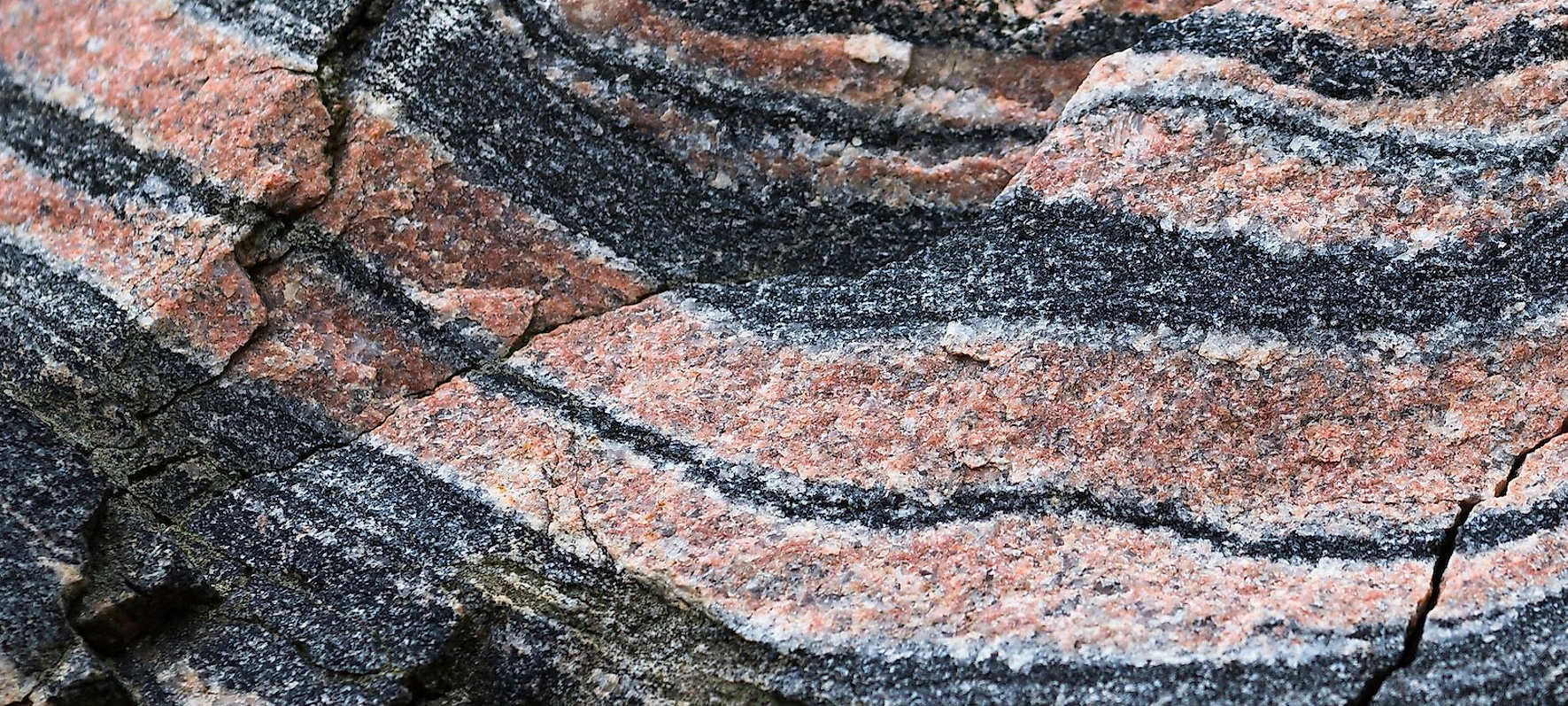
Metamorphic
Metamorphic rocks are a fascinating class of rocks that have undergone transformation due to intense heat, pressure, or mineral exchange deep within the Earth’s crust. …
-
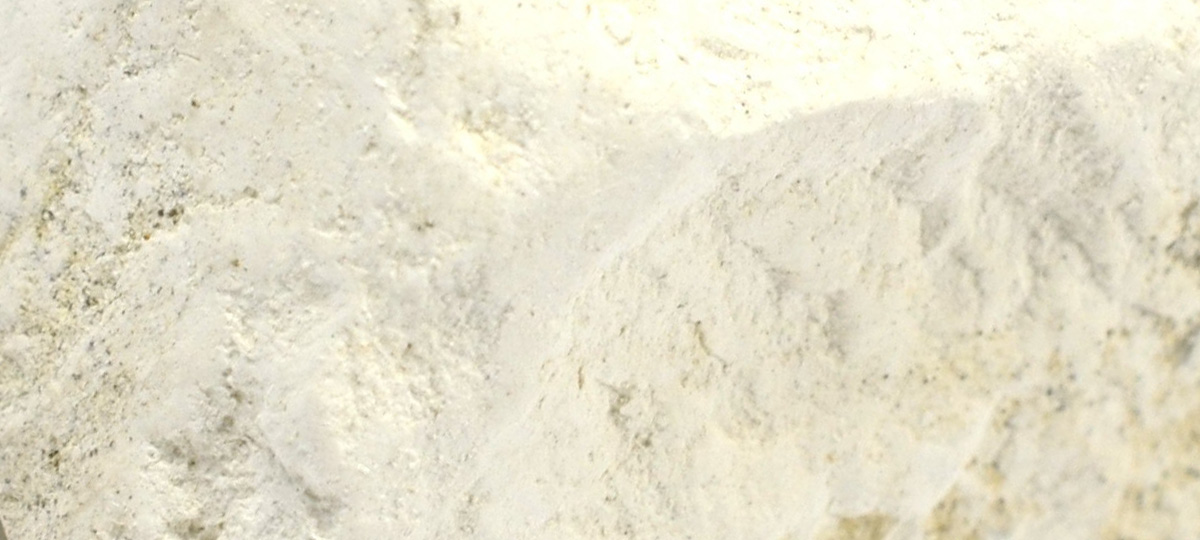
Organic Sedimentary
Organic sedimentary rocks are unique formations derived from the accumulation and preservation of plant and animal remains, providing a window into Earth’s biological history. These …
-
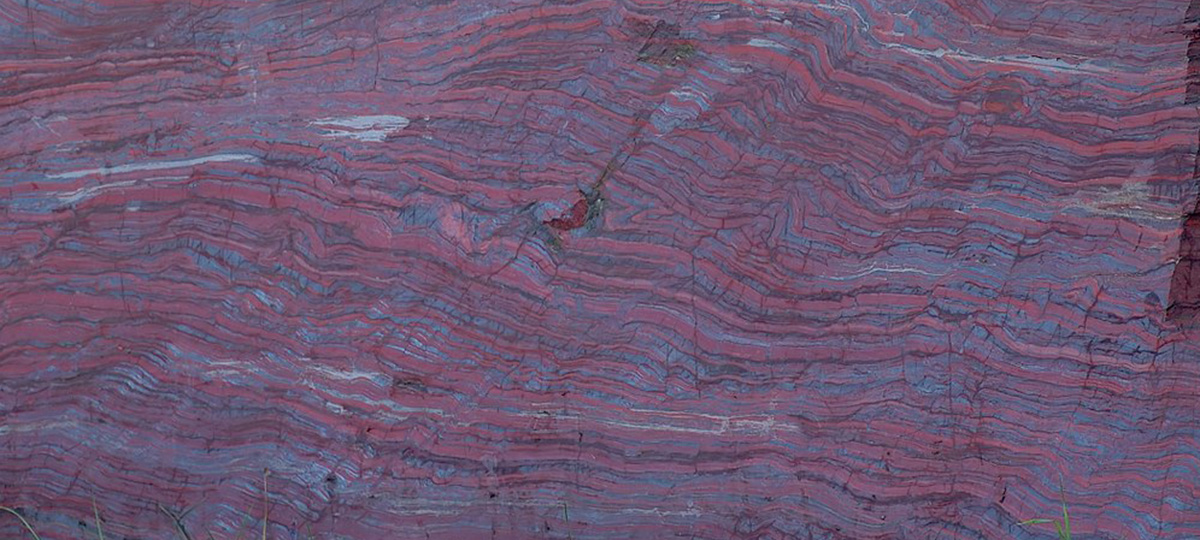
Chemical Sedimentary
Chemical sedimentary rocks are formed from the precipitation of dissolved minerals from water, often due to changing environmental conditions. These captivating rocks offer valuable insights …
